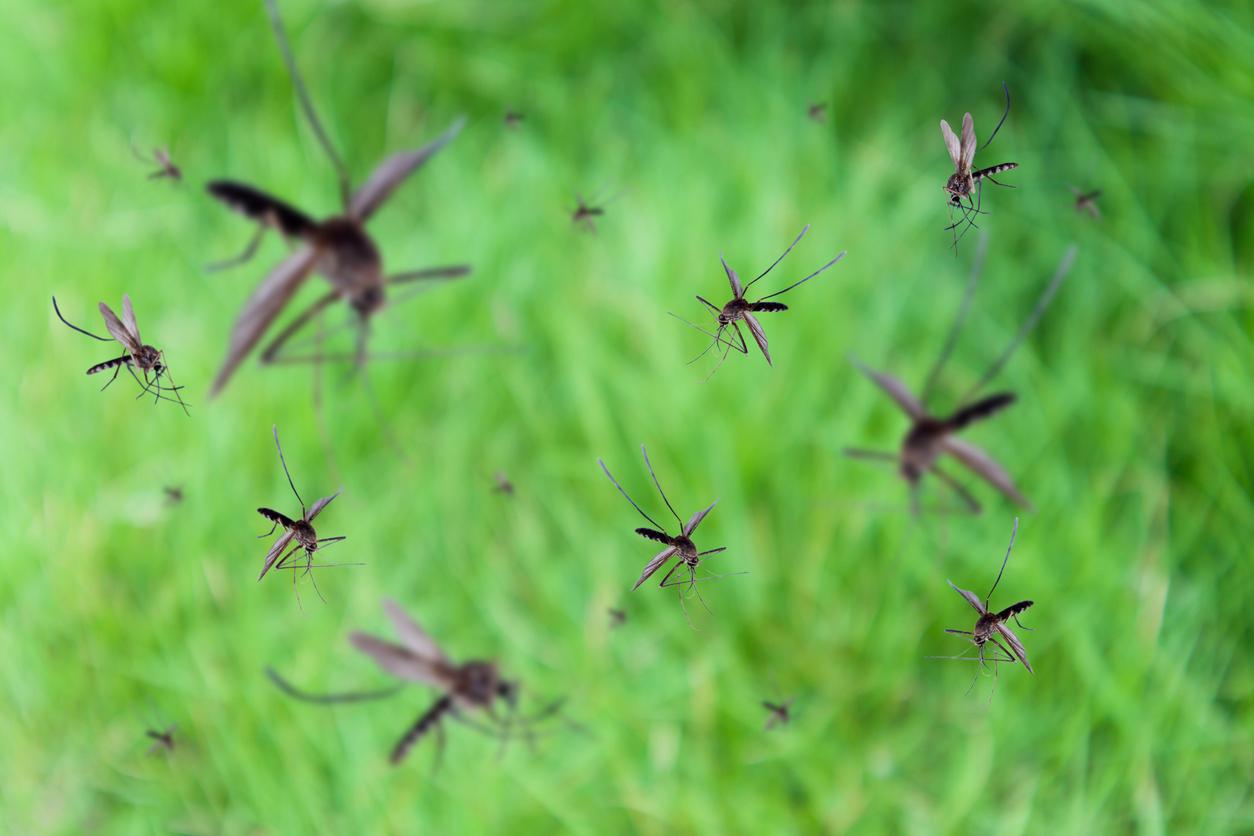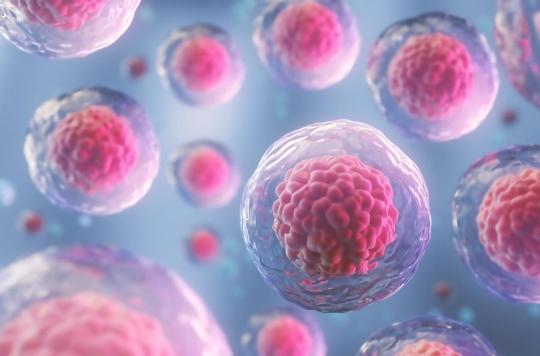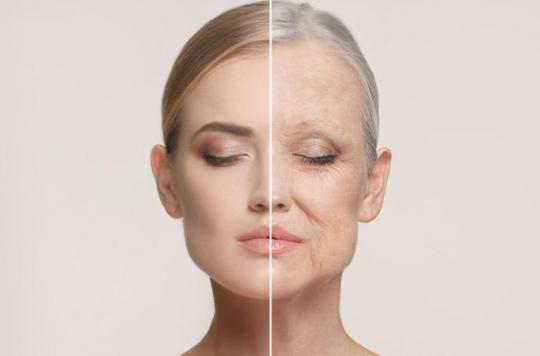By genetically reprogramming the cells of their bodies, researchers have succeeded in rejuvenating a group of mice.

Has science unraveled the mystery of the Fountain of Youth? To believe Works published in Cell, research is advancing rapidly. American researchers have indeed succeeded in rejuvenating old mice by reprogramming their cells. A revolutionary technique which is still far from being usable in humans.
To achieve this feat, scientists at the Salk Institute studied mice carrying a genetic mutation responsible for premature aging. The lifespan of these guinea pigs is around 18 weeks, compared to 3 years for normal mice. But these transgenic mice were able to live up to 24 weeks thanks to the researchers’ novel technique.
“We have not corrected the mutation responsible for premature aging,” says Juan Carlos Izpisua Belmonte, professor of genetics at the Salk Institute and co-author of the study. We have altered aging by intervening on the epigenome, which suggests that it is a plastic and malleable process ”.
The epigenome corresponds to the set of molecules which act on the DNA sequence without causing a mutation. These molecular groups modulate gene expression by activating or inhibiting certain genes, without altering the genetic makeup. Its action explains in particular why twins are never perfectly identical or lung and liver cells are so different.
Younger organs
This is the first time that researchers have succeeded in extending the life expectancy of mice by playing on these epigenetic marks. Until then, the tests carried out on these animals resulted in either the death of the guinea pigs or the appearance of tumors. Consequences not observed in this experiment, which used the cell reprogramming techniques of Prof. Shinya Yamanaka, from Kyoto University (Japan). This makes it possible to transform an adult cell, already differentiated like a skin cell, into a pluripotent cell capable of giving rise to any other cell type. A step backwards induced and forced by a cocktail of molecules that takes between 2 and 3 weeks.
The researchers, meanwhile, cultured cells for just 2-4 days. Also, these cells have not returned to their state of pluripotent cells. A skin cell has remained a skin cell, but rejuvenated. The signs of old age have almost disappeared and some organs in mice, such as the skin, heart or kidneys, have improved. “During aging, epigenetic marks accumulate, fade, are modified … It is clear that the epigenome evolves as we age”, notes Alejandro Campo, co-author of the study .
The technique has also been tested in mice with damage to certain organs. Partial reprogramming has also shown benefits: the muscle cells and beta cells of the pancreas, which produce insulin, have repaired themselves. Now, “we need to go back a lot to identify the epigenetic marks that change and those that contribute to the aging process,” says Juan Carlos Izpisua Belmonte.
.
















